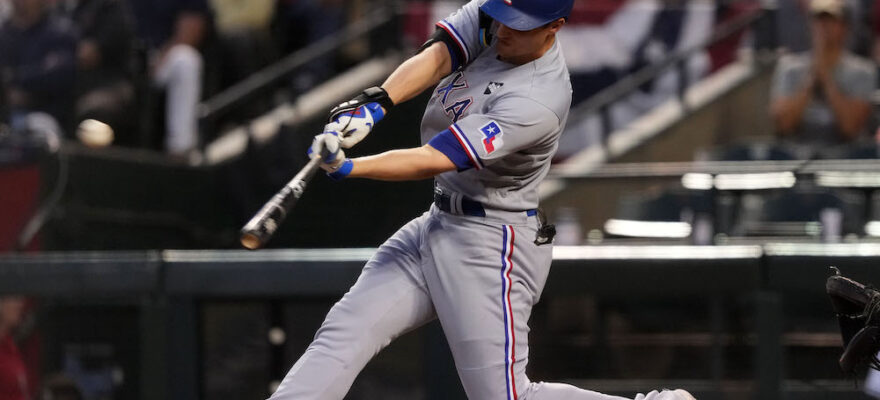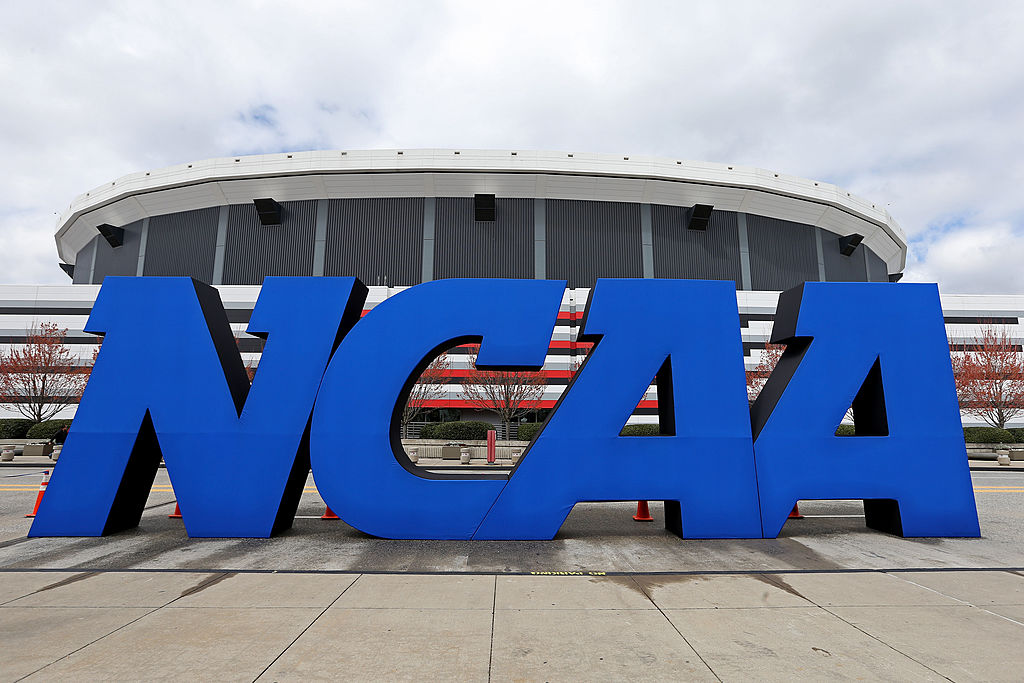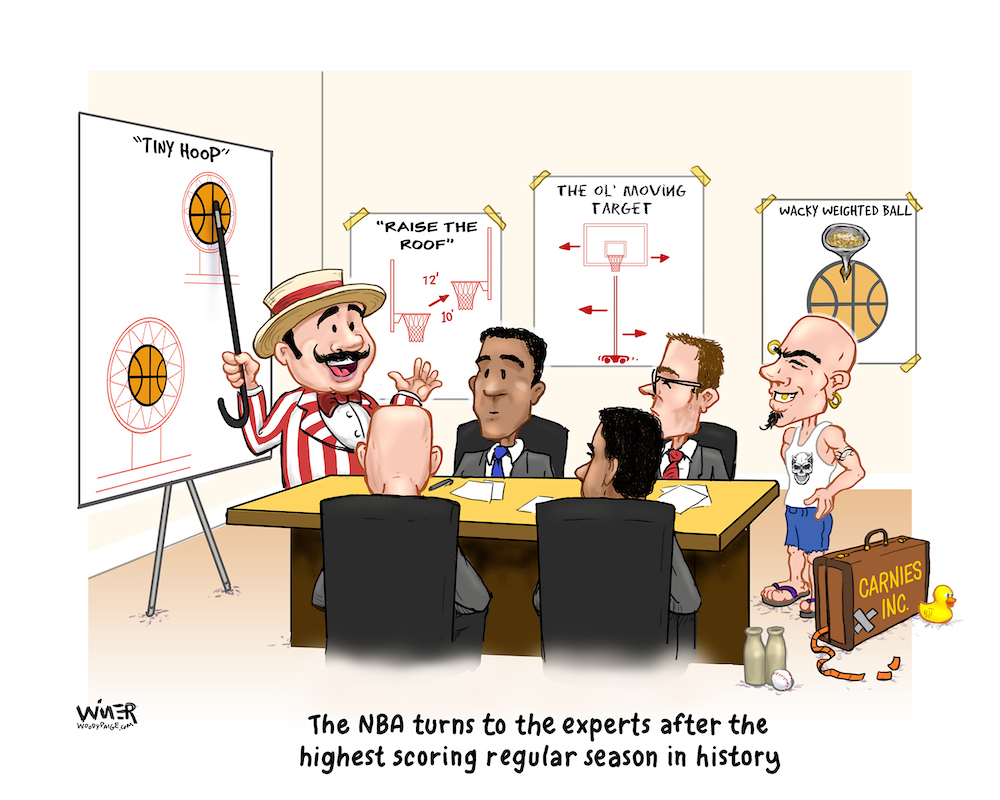The World Series is over.
Get out the snow shovels.
It’s ironic. The game that has done everything in it’s power to speed things up still hasn’t grasped the idea that it goes on too long.
Not in-game.
Love it or hate it, the latest speed up rule, the pitch clock, has trimmed roughly 30 minutes off the average Major League Baseball game from 2021 through 2023. For those who attend MLB games with the hopes that things will all get wrapped up early, you got what you wanted. Games are shorter and you can get home or change that channel sooner.
Bravo.
This comes after MLB decided to limit things like in-game pitching changes and mound visits in order to let fans get home earlier. Only the beer vendors seemed upset about any of it.

What MLB has not done – and shows no willingness to do – is address the problem of getting the season wrapped up before Halloween. Had this year’s World Series gone the full seven games, we’d be referring to Texas Rangers shortstop Cory Seager as “Mr. November.”
The October Classic isn’t just for October anymore, which is sad – and bad for business. While they’re desperately trying to capture and keep the attention of fans (i.e. paying customers) MLB is losing viewers to other sports who’s seasons are just beginning…right about the time baseball should be ending.
Baseball is starting earlier – Opening Day is now in late March as opposed to early April – but ending later, due to the expansion of the postseason.
Way way back in the day, you had two pennant winners, one from the National League and one from the American, meet in the World Series in early October. Before the NBA tipped off, and before the first puck dropped in the NHL. Those sports weren’t considered “competitors” for the attention of sports fans yet back then. Only MLB playoff games were available on your TV back then. Really.
Baseball expanded to division play in 1969 – again, well before cable television and the glut of sports programming that’s now available. Back then the League Championship Series wasn’t challenged, either. But by 1994, when they expanded the playoffs again, cable TV was up and running, and audience shares were splitting. Baseball was still on national television, but now had to compete for eyeballs in mid and late October with local broadcasts of basketball and hockey…not to mention pro and college football that began playing games on weeknights.
Still, everyone seemed okay.
Until 2012 that is, when MLB expanded the playoffs again, with the invention of the one-game wild card playoff. It created a defacto Game Seven situation right off the bat, and it was exciting and captured attention. Until it wasn’t enough either, when the 2020 Covid season messed everything up and scrambled the playoff format yet again.
After that, Baseball decided to add another layer of postseason games, seeing the added TV and ticket sales revenue that was starring them in the face. Starting in 2022, it was the three division winners and now three wild cards. Twelve teams out of 30 made the postseason.
Diluted?
Maybe. Postseason baseball is the best of baseball. No argument here. But the competition for attention is heavier than ever.
So what if you diminished some of that problem by ending your season before the NBA and NHL got started? What if viewers had fewer options? Wouldn’t many stick with baseball, even if their favorite team wasn’t playing?
That answer is as obvious as pitching around Seager.
The recently completed Texas Rangers – Arizona Diamondbacks World series garnered the lowest TV ratings EVER. And it wasn’t due to the participants and their market size. Dallas Fort-Worth is the fifth highest ranked TV market, and Phoenix is 11th. These aren’t small market teams.
Fans are sending a message loud and clear: Baseball needs to be over by mid-October.
The only way to do that is to shorten the regular season.
Starting in late March is okay if you want to cut down time spent in the warmth of spring training and head to open air stadiums in places like Boston, New York, Detroit, Minnesota, Chicago and Denver during the snowiest time of the year.
Early season weather concerns aside, the regular season could be made better by cutting it back to the 154-game schedule that was in place until the early 1960’s. A sport that is craving attention has put itself in a position of having to share (and not equally) audiences with the NBA, NFL, College Football and NHL during what is supposed to be its showcase month. Heck, the WNBA Finals outdrew baseball in TV ratings.
The resistance centers around money of course. The owners don’t want to pay players to play fewer games, and they don’t want to give up the million dollars or so they bring in from each gate (they’d each play four fewer home games.) The players don’t want to give back even one cent in salary.
So nothing is likely to change. That is, unless they could agree to play doubleheaders on Sundays, for example. But neither side seems keen on that idea, either.
In this case, neither side seems willing to glance around and see what would be best for the game.
October baseball used to be special, unique almost. It was a climax. Now it’s an anticlimax. All because it drags on too long, ironically.
Follow Mark on Twitter @markknudson41
More from The Woody Paige Sports Network:
- Woody Paige: That time I played blackjack with Michael Jordan in Monte Carlo
- Woody Paige: A tribute to the legendary John Madden
- Watching and Learning from the great Nolan Ryan
- Woody Paige: It’s time for the Monfort family to sell the Colorado Rockies
- Woody Paige: Denver could be hosting another championship parade (or two) next year



















